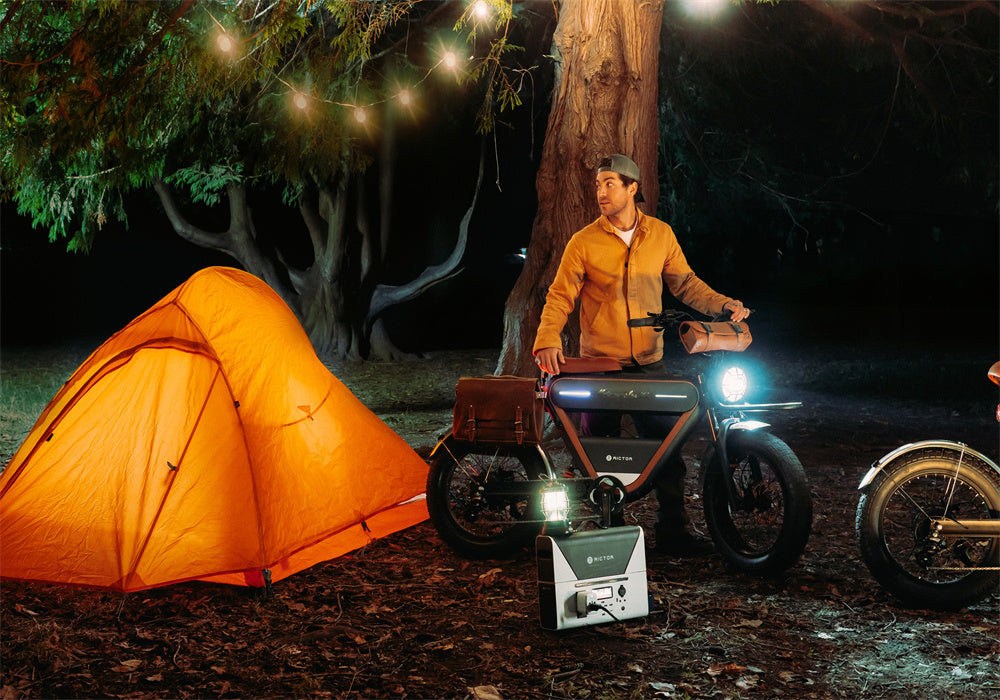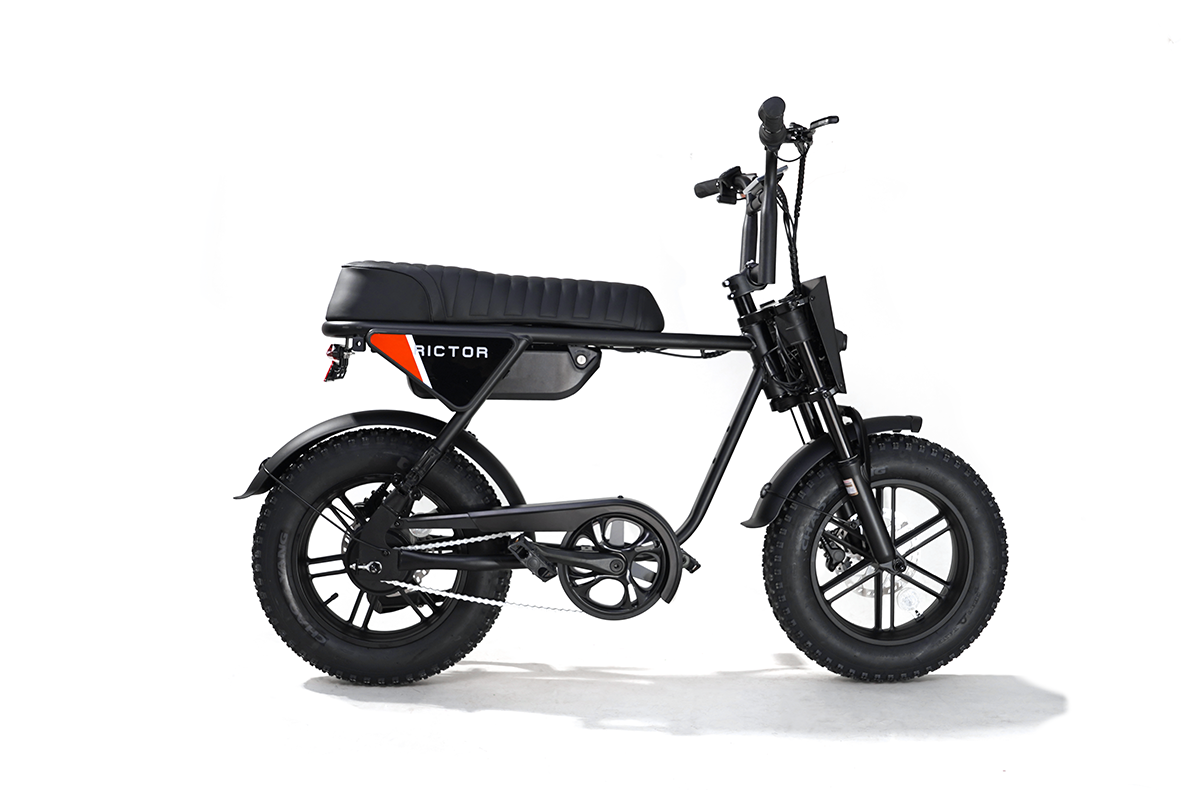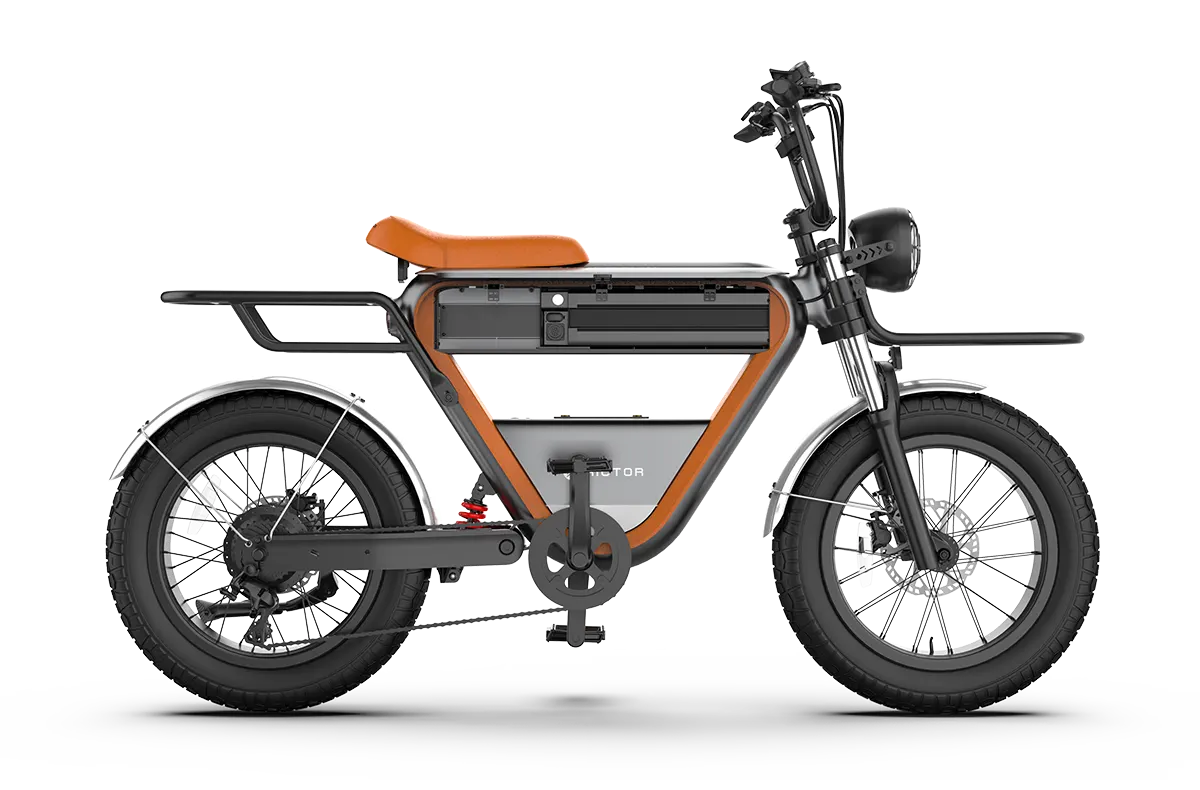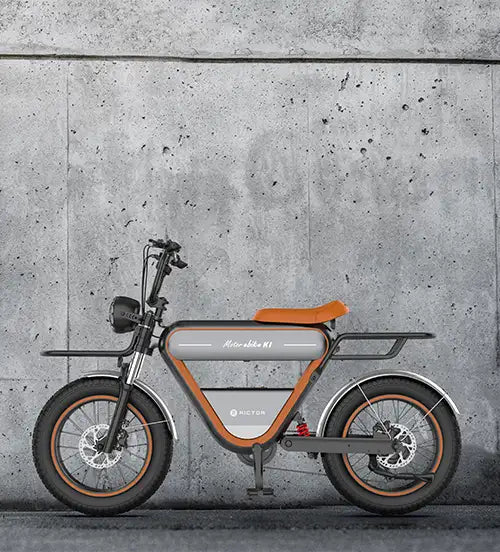
Fat Tire Bike Pro and Con: A Comprehensive Analysis
Known for their thick, wide tires, these bikes promise better traction and a more comfortable ride, especially in challenging terrains. While these fat bikes have numerous benefits, there are also some downsides that riders should consider before making a purchase. This article explores the pros and cons of fat tire bikes in detail, offering a comprehensive analysis to help you decide if they’re the right choice for you.
What are the Disadvantages of Fat Tire Bikes
One of the biggest drawbacks is the weight. Fat tire bikes are generally heavier than regular mountain bikes or road bikes due to the wide tires, larger frames, and additional components. This added weight can make the bike more challenging to handle, especially during acceleration or on steeper inclines.
Another downside is the rolling resistance. The wide tires on fat bikes create more friction with the ground, meaning it requires more effort to maintain speed on smoother roads. This can be especially noticeable when riding on hard-packed surfaces or paved roads, where traditional mountain bikes would perform more efficiently.
Storage and transportation can also be a hassle. Fat tire bikes take up more space than standard bikes, and finding a place to store them or transport them can be tricky. Whether you’re hanging it in your garage or loading it onto a vehicle, these bikes require more room and sometimes more effort.
Fat tire bikes may be more expensive than standard bikes. With their specialized tires and components, the cost can be a significant barrier for some riders, especially those just getting into cycling or looking for a casual ride.
SEE ALSO Tips For Bigger Guy To Choose Electric Bike
What is the Advantage of a Fat Tire Bike
Fat tire bikes come with a variety of advantages that make them stand out in the biking world. One of the most significant benefits is the superior traction provided by the large tires. These bikes can easily grip loose surfaces like sand, snow, and gravel, making them ideal for adventure seekers who enjoy exploring off-road terrain. The tires' large surface area helps distribute the rider's weight evenly, reducing the likelihood of getting stuck or sinking into soft ground.
The thick tires act as natural shock absorbers, allowing the rider to glide over rough terrain without feeling every bump and dip. This makes fat tire bikes(like Rictor K1 adult fat tire bike) particularly appealing for those looking for a smooth ride on uneven surfaces like dirt trails, snow, or rocky roads.
Fat tire bikes are also versatile. While they excel on rough terrain, they can also be used on paved roads, though they may not offer the same speed as traditional road bikes. The flexibility to transition between different environments adds to the appeal for riders who enjoy variety in their cycling experiences.
Fat tire bikes tend to have a robust build. They’re designed to withstand harsh conditions, from extreme cold in snowy areas to the hot, dry conditions found in sandy landscapes. This durability makes them an excellent choice for long-term riders who need a reliable bike for various outdoor adventures.
Are Fat Tire Bikes Harder to Ride
Fat tire bikes are not necessarily harder to ride, but their handling characteristics can make them feel different compared to standard bikes. Due to the larger tires, fat tire bikes can be more difficult to maneuver in tight spaces or on smooth, paved roads. The added weight and increased rolling resistance make them less responsive to quick turns and sudden movements. Once you get used to the different handling, many riders find that fat tire bikes offer a more stable and controlled ride on rougher surfaces.
When riding on rough terrain, fat tire bikes are actually easier to control, thanks to their enhanced traction. On loose surfaces like gravel or sand, the larger tires provide better grip, preventing the bike from slipping or getting bogged down. On smooth or paved surfaces, the same tires that provide stability on rough ground can feel sluggish.
What Terrain Are Fat Tire Bikes Good For
Fat tire bikes are designed for off-road and rugged terrain. They excel in conditions where traditional bikes would struggle. Some of the most common terrains where fat tire bikes perform well include:
-
Sand: The wide tires prevent sinking into soft sand, allowing riders to traverse beaches or dunes with ease.
-
Snow: Fat tire bikes are ideal for winter riding. The tires provide ample surface area, preventing the bike from getting stuck in deep snow.
-
Mud: The wider tires help disperse weight more evenly, allowing fat tire bikes to glide over wet, muddy trails that would bog down a regular mountain bike.
-
Gravel: Fat tire bikes offer excellent grip on loose gravel, making them ideal for trails or back roads.
-
Rocky Terrain: The larger tires provide better shock absorption, allowing riders to smoothly navigate rough, rocky paths.
Although they can be ridden on paved roads, fat tire bikes are not built for high-speed performance on smooth surfaces. Their primary strength lies in handling more challenging environments where other bikes may fail to deliver the same level of comfort or control.
Are Fat Tire Bikes Safer
Fat tire bikes can offer safety advantages, particularly when riding in unstable or uneven environments. The larger tires provide more stability, which is especially important when navigating loose or slippery terrain like gravel, snow, or mud. The added surface area helps prevent the bike from slipping or losing traction, reducing the likelihood of falls and accidents.
The added weight and larger size can make fat tire bikes harder to handle at higher speeds or in sharp turns. In urban environments or on busy roads, the bike’s sluggish handling may lead to maneuvering difficulties when trying to avoid obstacles or navigate through traffic.
While fat tire bikes provide a safer and more comfortable experience on rough terrain, they may not be the best option for city riding where quick reflexes and maneuverability are key. In those cases, a lighter, more agile bike might be a safer choice.
Conclusion
Fat tire bikes are an excellent choice for those seeking to explore rugged terrain and tackle adventurous rides in challenging environments. They offer exceptional traction, comfort, and stability, particularly on sand, snow, mud, and gravel. Their added weight and sluggish handling on paved roads might not suit everyone’s riding style, especially in urban settings. If you enjoy off-roading or are looking for a more comfortable ride over uneven surfaces, a fat tire bike could be the perfect fit.
FAQs
Can fat tire bikes be used on the road?
Yes, but they are less efficient on paved surfaces due to the increased rolling resistance of the wider tires. They're better suited for rougher terrains.
Are fat tire bikes more expensive than regular bikes?
Typically, yes. Fat tire bikes tend to be priced higher due to the specialized components and materials used in their construction.
How do fat tire bikes handle in snow?
Fat tire bikes excel in snowy conditions because the wide tires provide better grip and prevent the bike from sinking into deep snow, making them ideal for winter cycling.





